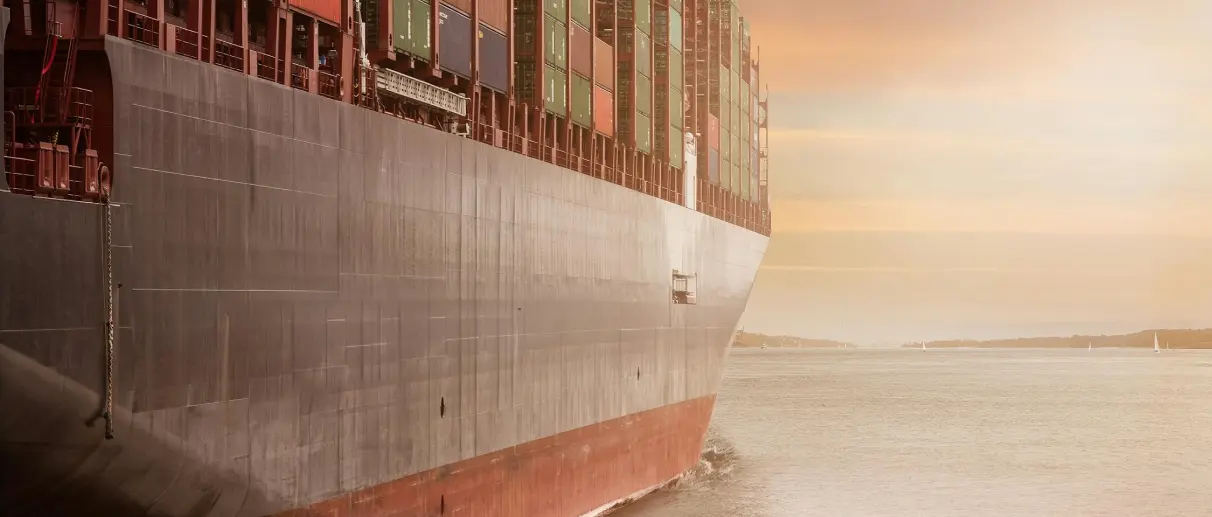Last week in London, the United Nation’s International Maritime Organisation held a Workshop on the Relationship between Energy Efficiency and Underwater Radiated Noise from Ships. SailPlan’s Head of Government Affairs, Charlotte Runzel, was invited to participate on a panel about improving our data systems when it comes to understanding greenhouse gas emissions and noise reduction.
While there is a robust data-gathering network on measured underwater noise, greenhouse gas emissions are infrequently measured, rather, they are calculated. The workshop focused on strategies to reduce noise and emissions concurrently. SailPlan represented a perspective advocating for incorporating real-time emissions monitoring into understanding how effective the strategies are to reduce emissions, rather than calculating these emissions.
Calculating emissions can be flawed. At present, emissions data is generally estimated by input data (such as gallons of gasoline, kilowatt-hours used, volume of natural gas, and more) and omits certain factors such as weather, speed, the temperature of the engine, how old the engine is, if it’s combusting fuel fully, and more. These additional factors can lead to a difference between estimated and measured emissions. Incorporating better data into greenhouse gas reduction strategies is important to make sure they are effective.
Measured greenhouse gas data can help those trying to tackle underwater noise figure out what the sweet spot is between reducing noise and emissions. This data answers the question: What optimization strategies are most effective to reduce noise, and by how much?


